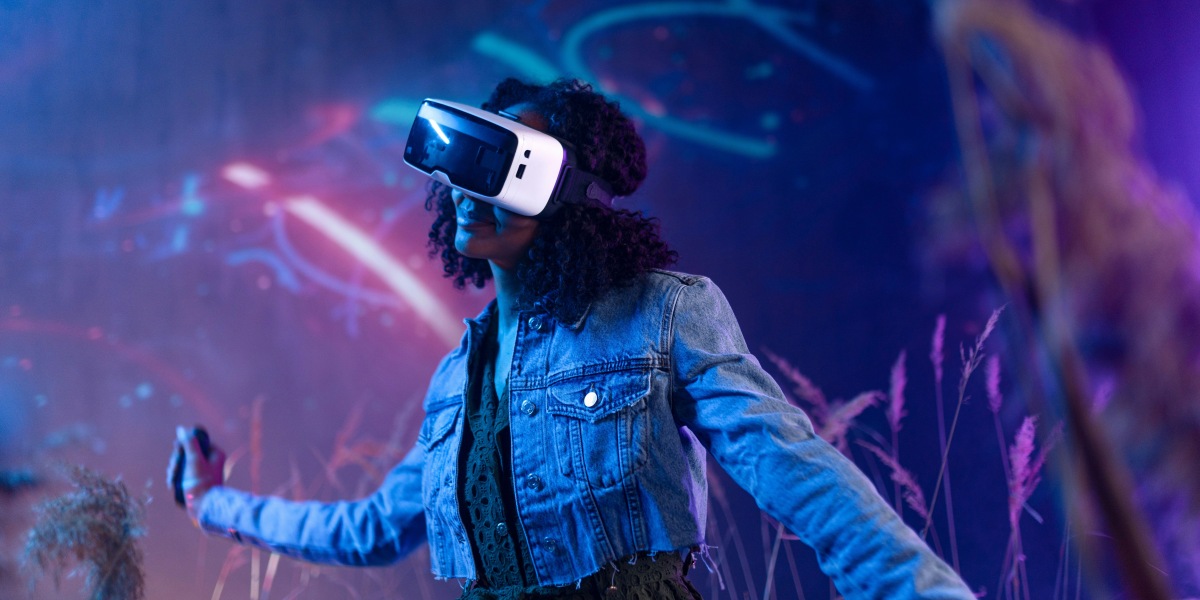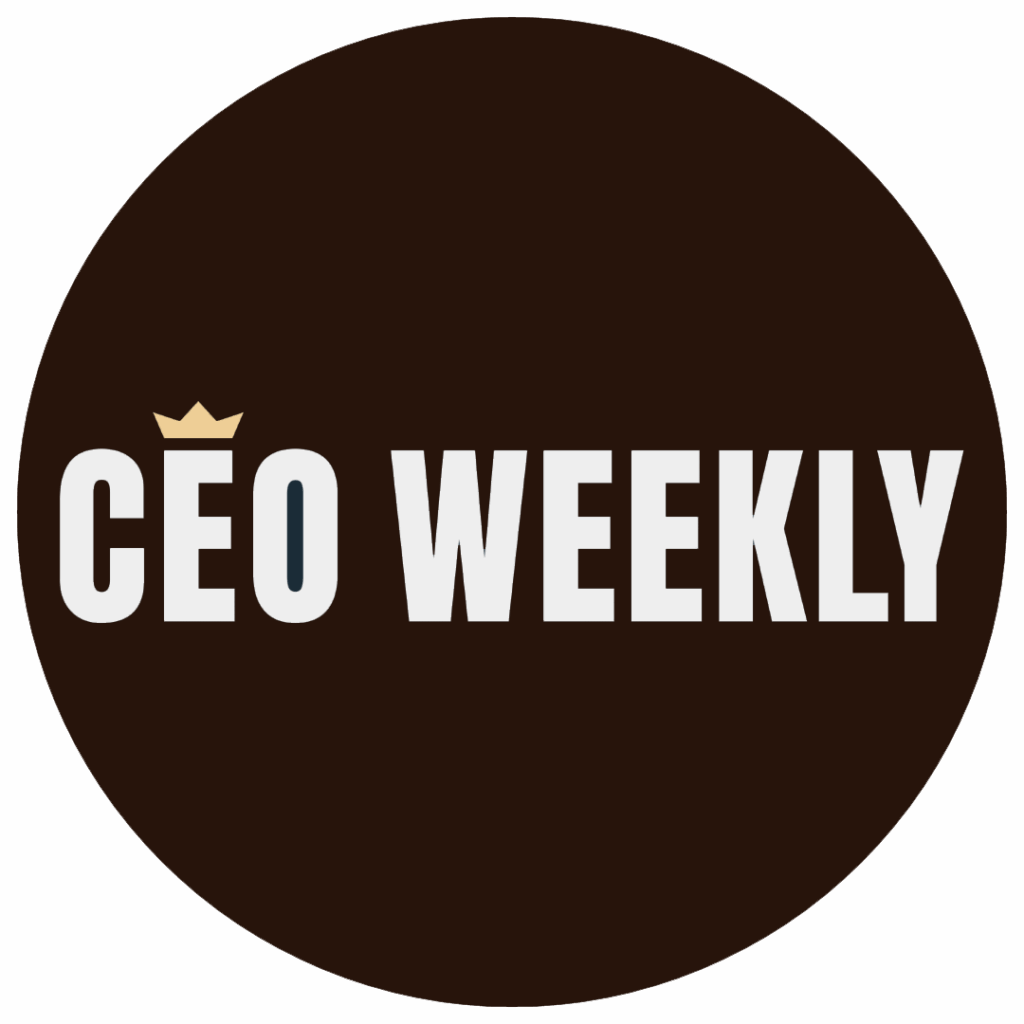Event-based retail refers to short-term retail formats designed around specific occasions, cultural events, or seasonal demand. These include seasonal pop-ups, holiday activations, themed shopping experiences, and festival retail setups. While temporary in nature, these formats often have a lasting impact on consumer behavior and brand perception. They offer retailers a way to respond to shifting demand, test new concepts, and engage shoppers in a more experiential setting.
According to McKinsey & Company, brands that use temporary retail formats often report higher engagement and stronger emotional connections with consumers, especially when the experience is tied to a specific moment or theme (McKinsey, 2023). These formats also allow for operational flexibility, making them suitable for both large retailers and smaller brands.
Seasonal Pop-Ups and Limited-Time Access
Seasonal pop-ups are temporary stores that appear during high-demand periods such as summer, back-to-school, or year-end holidays. These setups allow retailers to meet seasonal demand without committing to permanent locations. CBRE reports that pop-up stores can increase foot traffic by up to 35% when placed in high-visibility areas, especially during peak shopping seasons (CBRE, 2023).
For example, a swimwear brand might open a pop-up near coastal areas during summer. The store may feature limited inventory, themed decor, and exclusive products. Because the store is only open for a short time, shoppers may feel encouraged to buy immediately. This sense of urgency can lead to higher conversion rates.
Operationally, seasonal pop-ups require careful planning. Retailers must manage inventory tightly, use mobile checkout systems, and ensure compliance with local regulations. Staffing is often flexible, with temporary hires trained to handle high volumes in short bursts.
Holiday Activations and Themed Shopping
Holiday activations are retail experiences built around cultural or seasonal celebrations. These include Christmas markets, Lunar New Year pop-ups, and Diwali-themed stores. Retailers use these activations to create emotional connections with shoppers by aligning with familiar traditions and seasonal expectations.
Deloitte’s holiday retail survey found that 64% of consumers are more likely to shop at stores that offer immersive seasonal experiences, such as themed displays or interactive gift stations (Deloitte, 2022). These activations often feature curated assortments, limited-edition packaging, and sensory elements like music or scent.
For instance, a department store may decorate its windows with holiday scenes and offer gift-wrapping stations. A beauty brand might launch a Lunar New Year collection with red and gold packaging, tapping into cultural symbolism. These experiences encourage longer visits and increase basket size.
Holiday activations also serve branding purposes. By participating in cultural moments, retailers can build trust and familiarity. They signal awareness of consumer values and create memorable shopping experiences that go beyond transactions.
Festival Retail and Experiential Commerce

Festival retail refers to branded retail setups at music festivals, food fairs, or cultural gatherings. These activations blend entertainment with commerce, offering sampling, limited sales, and interactive experiences. Event Marketer’s 2023 report notes that 78% of festival attendees recall brands that offered hands-on engagement, compared to 43% for static displays (Event Marketer, 2023).
Retailers use festival retail to reach consumers in relaxed, high-energy environments. For example, a fashion brand might set up a styling booth at a music festival, allowing attendees to try on outfits and share photos online. A beverage company might offer tastings at a food fair, encouraging trial and feedback.
These activations benefit from built-in audiences and informal settings. Attendees are often more receptive to brand interaction when it complements their leisure experience. Festival retail supports brand storytelling and social media amplification, especially when paired with influencer partnerships or digital campaigns.
Operationally, festival retail requires coordination with event organizers, compliance with venue rules, and adaptability to outdoor conditions. Retailers must plan for logistics such as power supply, weather, and crowd flow. Despite these challenges, the format offers high engagement potential and valuable consumer insights.
Consumer Behavior and Emotional Engagement
Event-based retail formats often trigger emotional responses. Shoppers may associate themed environments with celebration, nostalgia, or exclusivity. These feelings can influence purchasing decisions and brand loyalty.
For example, a shopper visiting a holiday-themed store may feel more inclined to buy gifts due to the festive atmosphere. A visitor at a festival booth may remember the brand more clearly because of the interactive experience. These emotional connections can lead to repeat visits and word-of-mouth referrals.
PwC’s consumer insights report found that immersive retail environments increase dwell time and impulse purchases, especially when paired with limited-time offers or exclusive products (PwC, 2022). Retailers can use these insights to design activations that align with consumer expectations and emotional triggers.
Operational Planning and Compliance
Executing event-based retail requires coordination across multiple functions. Retailers must manage inventory, staffing, logistics, and legal compliance. The National Retail Federation emphasizes the importance of mobile checkout systems, real-time inventory tracking, and localized hiring to support short-term activations (NRF, 2023).
Compliance is especially important in temporary formats. Retailers must adhere to zoning laws, safety regulations, and data privacy standards. For example, collecting customer information during a pop-up event may require clear disclosures and secure systems.
Staff training is also critical. Temporary employees must understand the brand, handle transactions efficiently, and manage customer interactions. Retailers often use checklists and digital tools to streamline operations and ensure consistency across locations.
Strategic Use of Data and Insights
Event-based retail provides opportunities to collect data on consumer preferences, regional demand, and product performance. Retailers can use this information to refine merchandising strategies, adjust pricing, or plan future activations.
For example, a brand may analyze sales data from a summer pop-up to determine which products performed best. Feedback from festival attendees might inform packaging design or promotional messaging. These insights help retailers make informed decisions and reduce risk in future campaigns.
Bain & Company notes that brands integrating experiential retail into broader strategies report stronger customer retention and more effective segmentation (Bain, 2023). Temporary formats can serve as testing grounds for new ideas, allowing retailers to gather feedback before scaling.
Long-Term Influence on Retail Strategy
While temporary, event-based formats can influence long-term strategy. Retailers may use insights from activations to guide store design, product development, or marketing campaigns. They may also integrate event-based retail into omnichannel strategies, linking physical experiences with digital platforms.
For example, QR codes at pop-ups can direct shoppers to e-commerce sites. Email sign-ups during activations can support future outreach. Social media content from events can extend engagement beyond the physical space.
Retailers may also consider sustainability in event-based formats. Modular fixtures, reusable materials, and low-impact logistics can reduce environmental impact. This aligns with consumer expectations around responsibility and ethics.








